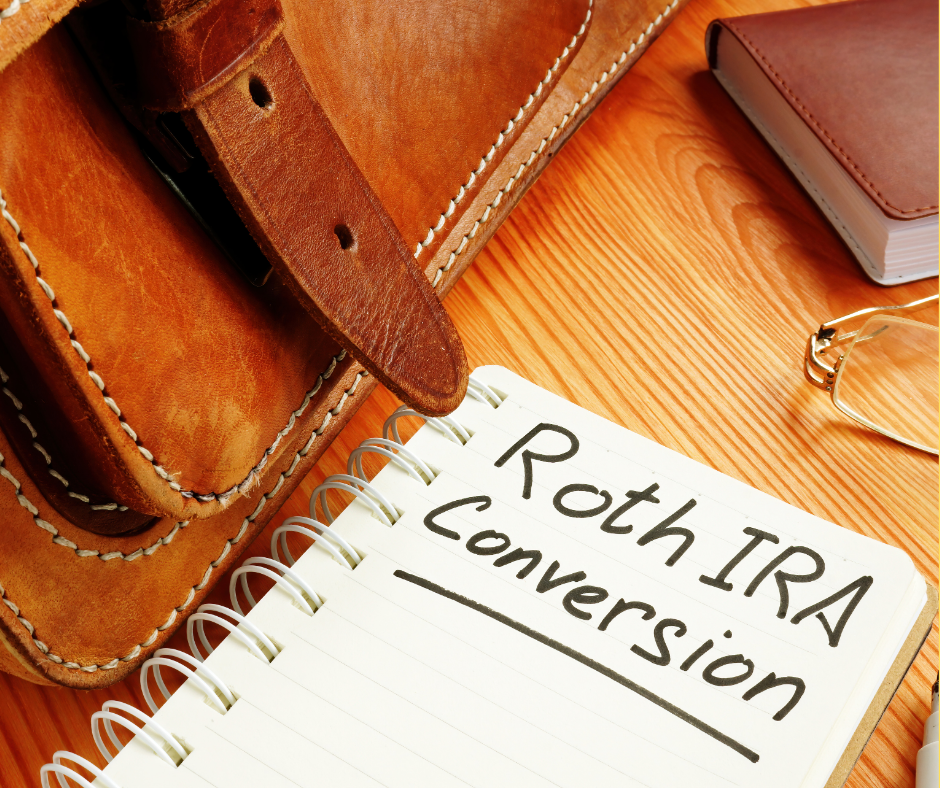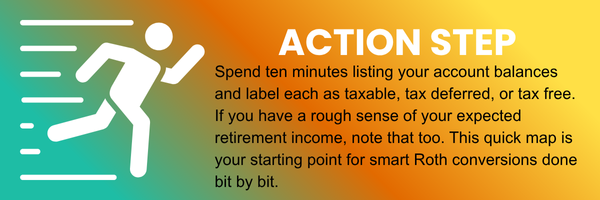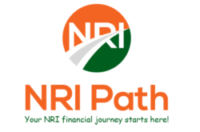For NRIs living in the United States, retirement planning isn’t just about saving, it’s about controlling how and when income is taxed. Roth conversions and withdrawal sequencing are two advanced strategies that help reduce lifetime tax liability, preserve Medicare and Social Security benefits, and create flexibility across borders.

What Is a Roth Conversion?
A Roth conversion involves transferring funds from a tax-deferred account, such as a Traditional IRA or 401(k), into a Roth IRA. You pay ordinary income tax on the converted amount now, but future growth and qualified withdrawals are entirely tax-free.
Why It Matters for NRIs:
- Avoid RMDs: Roth IRAs are not subject to Required Minimum Distributions (RMDs), which begin at age 73 for traditional accounts
- Tax-Free Legacy: Roth assets pass to heirs income-tax free (subject to the 10-year rule)
- Cross-Border Flexibility: Roth accounts offer clean tax treatment under U.S. law, reducing complexity when coordinating with Indian assets

A Step-by Step Roth Conversion Plan
For NRIs, Roth conversions should be gradual and intentional. Here’s a simplified framework:
- Compare Current vs. Future Tax Brackets: If you expect higher income or tax rates later (e.g., post-RMD years), consider converting now
- Convert in Tranches: Spread conversions over multiple years to avoid pushing yourself into a higher tax bracket
- Monitor Income Thresholds:
- Medicare IRMAA: Higher income can trigger premium surcharges
- Social Security Taxation: Up to 85% of benefits may be taxable if MAGI exceeds thresholds
- Coordinate with Withdrawal Strategy: Align conversions with your retirement income ladder to control taxable income year by year
What Is a Retirement Income Ladder?
A retirement income ladder is the planned sequence for withdrawing funds from your accounts. It helps manage taxes, preserve benefits, and extend portfolio longevity.
Typical Sequence:
- Taxable Accounts First: Use capital gains and basis recovery for lower tax impact
- Tax-Deferred Accounts Next: Withdraw strategically to manage RMDs and tax brackets
- Roth Accounts Last: Preserve for tax-free flexibility, legacy, or high-income years
For NRIs:
- Include Indian Assets: Consider timing and repatriation rules for NRE/NRO accounts and Indian mutual funds
- Currency Strategy: Withdraw when exchange rates are favorable
- Treaty Coordination: Use the U.S.-India DTAA to avoid double taxation on Indian income
Why This Matters
Strategic Roth conversions and withdrawal sequencing can:
- Reduce lifetime tax liability across U.S. and Indian jurisdictions
- Protect Medicare and Social Security benefits
- Create years of tax-free income
- Simplify estate planning across borders
Done gradually and with intention, these strategies turn complex tax moves into powerful planning tools.

Next Chapter: Social Security Timing & Optimization
Next, we’ll explore how the timing of your Social Security claim interacts with Roth conversions and your income ladder. For NRIs, this decision can significantly impact retirement income, tax exposure, and benefit longevity.
